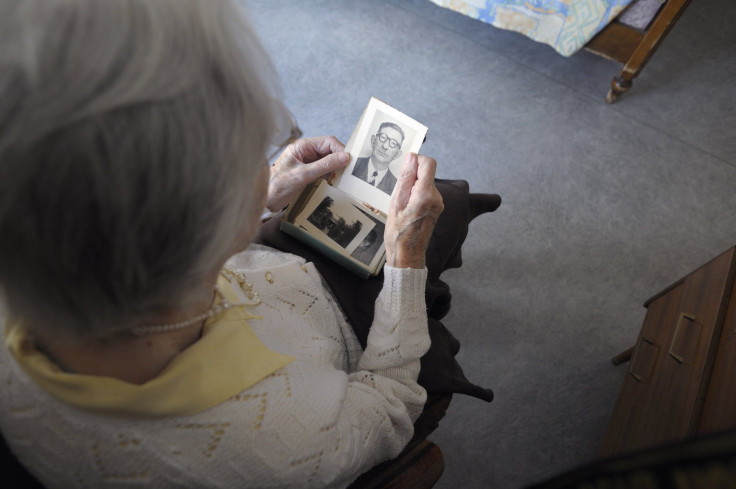How Common Is Alzheimer's Disease, The Most Prevalent Form Of Dementia, In The US?

The most common type of dementia, Alzheimer’s disease affects about 5.5 million Americans of all ages, according to Alzheimer’s Association. It is a progressively debilitating disease that slowly affects memory and thinking skills.
Alzheimer’s is the most common type of dementia, which is the loss of thinking, remembering, and reasoning. According to National Institute on Aging, the disease is current ranked as the sixth leading cause of death in the U.S. However, the institute's recent estimates showed that the disease may rank third — only behind heart disease and cancer — as a cause of death among elderly people.
Read: How Exercise Can Protect Your Brain From Alzheimer's
According to Alzheimer’s Association, the mortality rate due to the disease is more common than that of breast and prostate cancer combined. The association also warns Alzheimer’s is “not normal aging” and is a “progressive brain disease without any cure.”
The incidence of the disease increases with growing aging population, states Alzheimer’s Foundation Of America. The prevalence of disease doubles every five years beyond 65 years of age. It also stressed that the number of people aged 65 and older will double by 2050 to 88.5 million from 2010 — about 20 percent of the population. Similarly, people aged above 85 and older will rise three-fold, to 19 million, increasing the chances of prevalence of Alzheimer’s in the country.
According to estimates, about a half million Americans younger than age 65 have some form of dementia, including Alzheimer's.
Several risk genes have been identified in relation to Alzheimer’s. However, apolipoprotein E4 or ApoE4 gene has the strongest impact on the increased chances of developing the disease. ApoE4 belongs to one of the three major versions of APOE gene and the other two variants are ApoE2 and ApoE3.
Some types of the APOE are passed on to people from each parent and those who get one copy of ApoE4 are at an heightened risk of developing the disease. Those who receive two copies of the gene have an even greater risk, though not necessarily a certainty. Scientists estimate that ApoE4 is found in about 20 to 25 percent of Alzheimer’s cases.
According to a recent report from the Centers for Disease Control and Prevention, deaths from Alzheimer’s spiked in by 55 percent in just 15 years. In 2014, there were 93,541 deaths from the disease in the country compared with 44,536 in 1999.
“Millions of Americans and their family members are profoundly affected by Alzheimer’s disease,” CDC acting director Anne Schuchat told NBC News last month. “As the number of older Americans with Alzheimer’s disease rises, more family members are taking on the emotionally and physically challenging role of care giver than ever before. These families need and deserve our support.”
“As Alzheimer’s disease progresses, caregiving becomes very important,” Christopher Taylor, a CDC epidemiologist who led the study team, told the news outlet at the time. “Caregivers and patients can benefit from programs that include education about Alzheimer’s disease, how to take care of themselves and their loved one and case management to lessen the burden of care. Supportive interventions can lessen the burden for caregivers and improve the quality of care for people with Alzheimer's.”
© Copyright IBTimes 2024. All rights reserved.






















